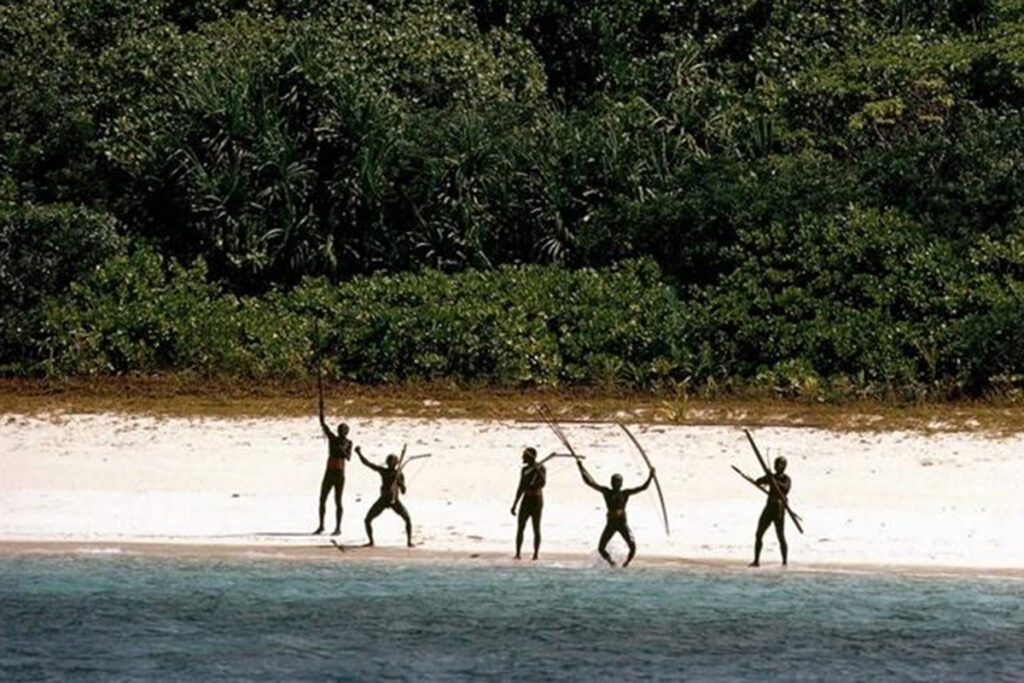Step into a world shrouded in mystery and intrigue, where access is strictly prohibited and curiosity runs high. From hidden underground cities to remote islands cloaked in secrecy, we embark on a thrilling journey to unravel the enigma surrounding the world’s most forbidden places. These clandestine locations have intrigued adventurers, historians, and explorers for generations, and in this article, we dare to unveil their stories.
Join us as we delve into the depths of forbidden realms, where danger, wonder, and the unknown intertwine. Get ready to discover the hidden corners of our planet, where whispers of forbidden tales echo through time. So, fasten your seatbelts and prepare for an unforgettable expedition into the forbidden unknown.
North Sentinel Island, India
The North Sentinel Island, located in the Andaman Sea of the Bay of Bengal, is one of the most mysterious and forbidden places on Earth. This small, remote island is home to a tribe of indigenous people known as the Sentinelese, who have fiercely resisted contact with the outside world for centuries.

With their bows, arrows, and spears, the Sentinelese have repelled numerous attempts to approach or study them, including from famous explorers and anthropologists. In fact, it is illegal to come within five nautical miles of the island due to the potential harm outsiders could cause to the tribe and themselves. The Sentinelese have been known to attack anyone who comes too close, making this island one of the few places on the planet where human civilization has not left its mark.
